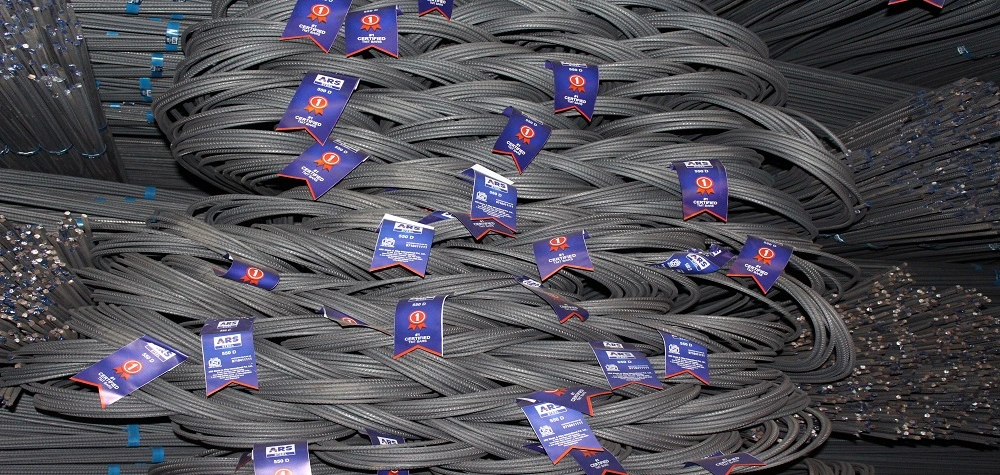Different Types of Steel Reinforcement Bars Used in Construction
What is a reinforcement bar?
Reinforcement bars are made of steel, used to provide strength and support to concrete. These are bars that are specifically made for the construction industry designed to work with concrete. Steel bars and wires are put inside concrete structures to add to the load bearing capacity of the structure. Steel reinforcement bars are also known as Rebars.
Understanding Rebars
It’s important to understand how different types and weights of rebar influence the tensile strength of the concrete elements used. Rebar steel is mostly composed of iron, with trace elements of Sulphur, phosphorus, manganese, and carbon. The overall quality and tensile strength of rebar are attributed to the carbon element. The reinforcement bar weight is also influenced by its diameter. Measurement per linear foot or metre is the simplest weight calculator to use for determining the reinforcement bar weight. For 6mm rebar, the weight ranges from 0.222 kg per metre (0.068 kg per foot) to 9.87 kg per metre (3.008 kg per foot) for 40mm rebar.
Types of Steel Reinforcement Bars
There are various types of steel reinforcement bar used in the construction industry for concrete support. Some of them are
Carbon Steel Bars
Carbon steel bars are used where ultimate tensile strength is required. However, their ductility and resistance to corrosion is considerably low.
Epoxy Coated Rebar
The purpose of Epoxy Coated Rebar is to serve as a protective system against moisture and chlorides that could erode the surface of the reinforcing bar. To create epoxy-coated rebar, hot steel is sprayed with epoxy powder using an electrostatic sprayer set to a specific temperature. They have a high resistance to corrosion and are widely used in infrastructure, buildings, bridges, roadways, etc.
Galvanized Rebar
Galvanized rebars are reinforcement bars coated with a protective layer of Zinc. The Zinc coating protects the rebars from the corrosive environment they are exposed to when they are embedded in concrete.
High Yield Strength Deformed (HYSD) Bars
HYSD bars are distinguished by a ribbed rough surface on the bar. This is done in order to increase the bar bonding between reinforcement and concrete and to maintain friction between them. HYSD bars are divided into two kinds, they are:
TMT Bars
TMT bars, also called Thermo-Mechanically Treated bars, are known to be the best among steel bars. They showcase important qualities like excellent ductility, high corrosion resistance, ultimate tensile strength, better elongation and better weldability. TMT bars are manufactured by the process of using hot treatment technology.
Cold Twisted Bars
Cold twisted bars, also known as TOR Steel or CTD (Cold Twisted Deformed) bars, are manufactured by the process of cold twisting. Generally, the tensile strength of the rod is increased by the method of twisting, but this method also negatively affects the ductility of the steel bar and breaks the protective blue oxide which makes the CTD bar lose its resistance to corrosion.
It’s essential to know that Thermo-mechanically Treated (TMT) bars are recognized for their high tensile strength on a worldwide basis. TMT Bars provide adequate flexibility in addition to strength. Because of this, it is able to provide maximum protection during natural disasters such as earthquakes, floods, etc. TMT Bars are less fatigued and have a high level of corrosion resistance since they contain less carbon.
To find the best TMT bars, head to ARS Steel ,the leading TMT manufacturer in India. To find out more about reinforcement bar, their types and advantages, you can visit their website.




